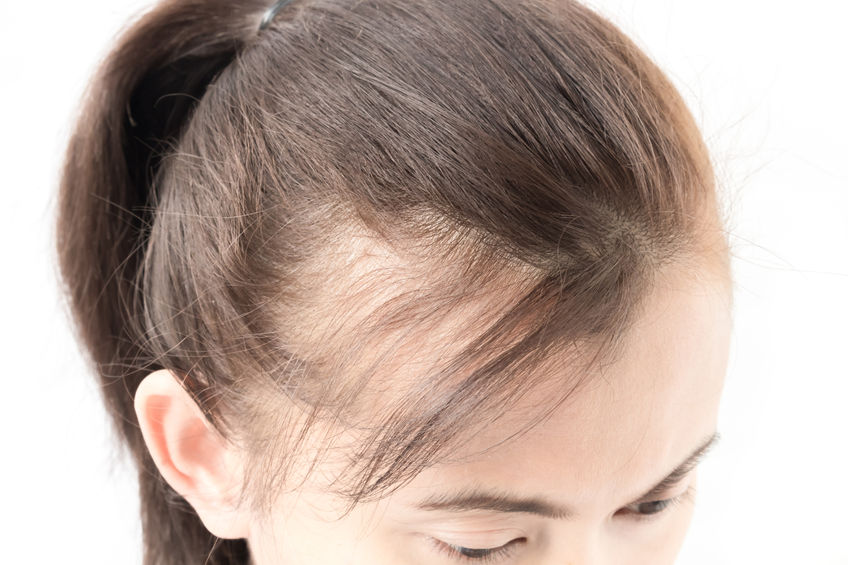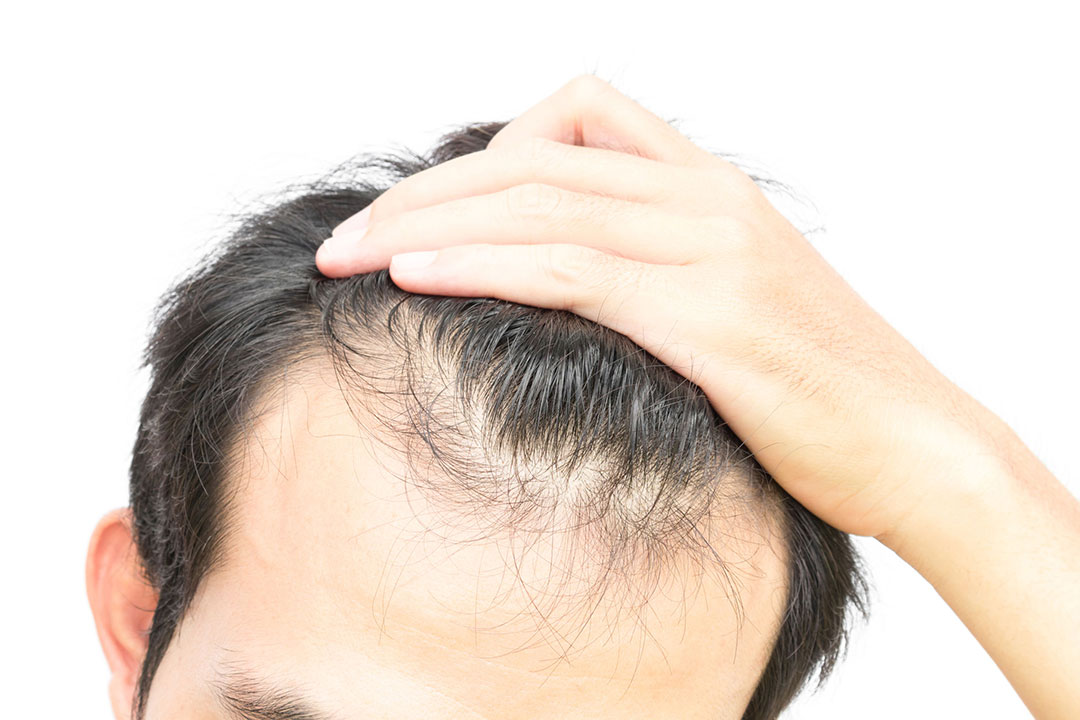 Elizabeth Miller, ND
Elizabeth Miller, ND
Naturopathic Physician
Read Biography Schedule an Appointment
Seasonal hair loss, also known as seasonal shedding, is a form of telogen effluvium. This is a natural phenomenon where individuals experience a noticeable increase in hair shedding for several months during specific times of the year. This typically occurs in late summer into the fall and a more minor occurrence in the spring.
During these transitional periods, more hair follicles enter the telogen (resting) phase of the hair growth cycle, leading to increased shedding. In this study of 823 healthy women, the majority of women had maximal proportion of telogen hairs in summer (which leads to shedding around in the fall) and with the lowest telogen rates in the winter. In this smaller study of caucasian men in the U.K, the lowest number of follicles in telogen was in March, while the number of hairs shed reached a peak in August and September.

The exact cause of seasonal hair loss is not fully understood, nor is it well researched. It’s believed to be related to changes in daylight leading to hormonal fluctuations or temperature and humidity changes. Contributing factors may include seasonal nutrition and stress.
The good news is, if the hair loss is due to seasonal shedding, the hair loss is temporary and doesn’t lead to permanent hair loss. If you notice seasonally shedding, a good time to assess your hair is annually in the winter months of January or February when your hair is less likely to be affected by seasonal hair loss and is at it’s fullest.
It’s important to note that seasonal hair loss is different from conditions like male/ female pattern hair loss or alopecia areata.
If you’re concerned about hair loss, it’s a good idea to consult a healthcare professional. They can help determine the underlying cause and provide recommendations tailored to your specific situation.
Elizabeth Miller, ND



